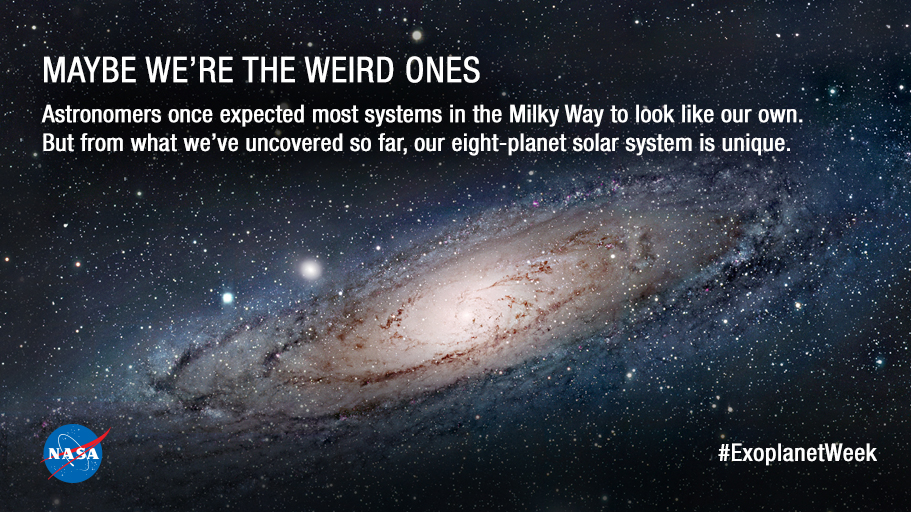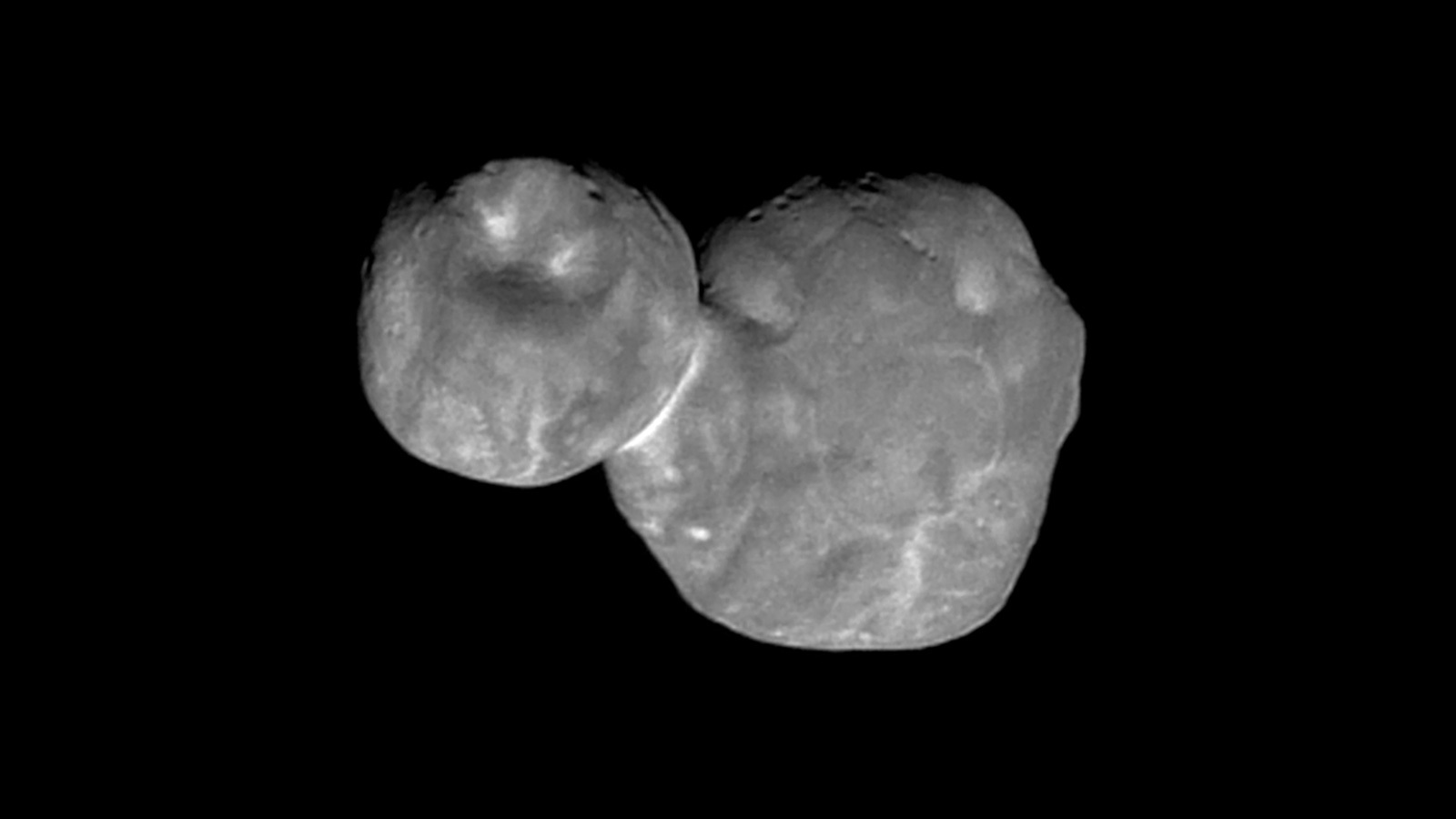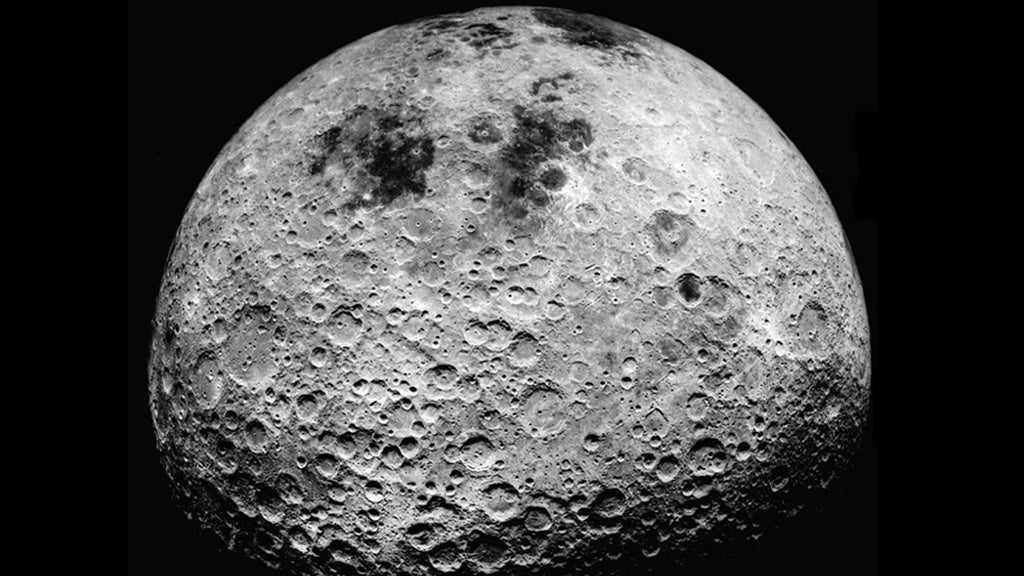Mentioned in passing in my November 22nd post, "
2019 Best Reads," I was recently in Italy. To be complete, my wife and I both were. Between research and prepping for the trip, the trip itself, and resting/catching-up afterward, this Italian adventure accounted for a big chunk of my autumn. Setting aside the rain we encountered during some part of nearly every day sightseeing, everything about this trip was
awesome.
(Yes, this a blog about science and SF. If you choose to leave now, nothing will be said. If it matters, I promise to end with an SFnal tie-in.)
 |
| Mosaic at Pompeii |
We began in Naples -- from which, of course, we did a side excursion to nearby Pompeii. (We'd
also planned that day to go to the summit of nearby Mount Vesuvius, slayer of Pompeii. Remember my comment about the rain? Due to rain and fog, the Italian park service closed the mountain that day. Sigh.) Among other sites seen in Naples: the Palazzo Reale (grand home to the Bourbon kings of Naples, and said to have inspired Louis XIV to build his better-known palace at Versailles) and the National Archeological Museum.
 |
| His telescopes @ Galileo Museum, Florence |
Next up: Florence. Highlights there included the fabulous Renaissance cathedral (aka, the Duomo), bearing the largest freestanding dome to be built in over a thousand years, the Ufizzi gallery, and the Ponte Vecchio. Historical Florence is eminently walkable and utterly charming.
Our last stop was Rome. In a word: wow. The Colosseum, ancient Forum, Circus Maximus, and ancient catacombs.
The most amazing Roman structure, IMO, of them all: the Pantheon (whose huge, freestanding dome was something of a template for the design
of the aforementioned Duomo). The Vatican: museum, Sistine Chapel, and
St. Peter's.
 |
| Interior of the Pantheon |
 |
| Pantheon dome (w/ fingertip of authenticity) |
Then, on a day trip outside of Rome, we saw the sprawling estate of the Emperor Hadrian and the adjacent Renaissance estate -- largely built with marble scavenged from Hadrian's place -- Villa d'Este. The latter's famous cornucopia of entirely gravity-powered fountains, water jets, and water spouts was, ironically, turned off that day because of dirt washed into the system by the previous day's heavy rain. Sigh.














 Hence: I'm delighted to announce my debut appearance in Future Science Fiction Digest. "The Satellites of Damocles" -- a brand-new AI PI novelette -- is hot out of the electron mines in newly released Issue 3.
Hence: I'm delighted to announce my debut appearance in Future Science Fiction Digest. "The Satellites of Damocles" -- a brand-new AI PI novelette -- is hot out of the electron mines in newly released Issue 3.




.jpg)






 The Hugo Award process is currently accepting nominations. Are you a Hugo Award voter?(*) If so -- and it goes completely against the grain to mention this -- my lone nonfiction book is eligible this year in the Best
Related Work category.
The Hugo Award process is currently accepting nominations. Are you a Hugo Award voter?(*) If so -- and it goes completely against the grain to mention this -- my lone nonfiction book is eligible this year in the Best
Related Work category.






